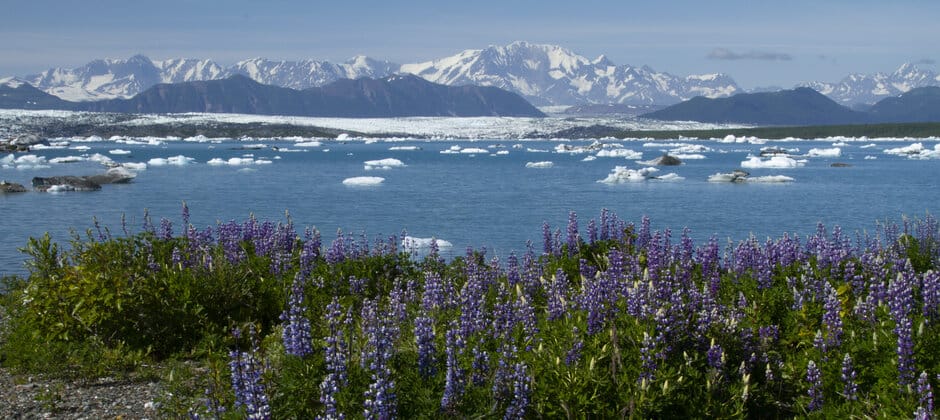Share this article
Final critical habitat rule released
The U.S. Fish and Wildlife Service has released a final rule updating its process of excluding areas from critical habitat designations for threatened and endangered species under Endangered Species Act.
Under the ESA, the Secretary of the Interior has the authority to exclude any particular area from a critical habitat designation if the benefits of excluding the area outweigh the benefits of its inclusion — so long as the exclusion will not result in the species’ extinction. This new rule adds details on how the agency will consider the impacts of designating a particular area.
The Wildlife Society commented on the proposed rule, which was released in September.
The final rule explains how the agency will consider the economic and national security impacts of designating a particular area as critical habitat. It also provides categories of “other relevant impacts” the USFWS may consider. Those include public health and safety, community interests and environment concerns, such as increased wildfire risk or invasive species management. The rule provides a mechanism for the agency to seek input from state, local and tribal governments, private landowners and permittees and lessees on public lands regarding the impacts that a proposed designation of critical habitat would have on them. It also codifies that at any time during the process of designating critical habitat, the agency can consider additional exclusions not identified in the proposed rule for that species.
In its comments, TWS expressed concerns that the proposal could allow too many exclusions. The comments also highlighted concern about the proposal’s “potential negative impact on wildlife professionals’ ability to advance the conservation of species listed under the ESA through science-based management and conservation.” In its proposal, the agency failed to provide an underlying rationale for proposing the changes, which the Society is concerned will provide potentially unlimited reasoning for areas to be excluded from designation as critical habitat.
The comments from TWS also expressed concern regarding the ability of the USFWS to consider new critical habitat exclusions after the public comment period, noting that such a process neither increases transparency nor ensures that the decision is based on the best available information.
The USFWS finalized the rule as proposed, with no changes based nearly 28,600 comments provided during the proposal process. The new rule will go into effect on Jan. 19. It will only apply to critical habitat designations proposed after that date.
Read TWS’ Standing Position on Threatened and Endangered Species in the U.S. and Position Statement on the U.S. Endangered Species Act
Header Image: Purple Lupine growing on the shore of Vitus Lake in Bering Glacier Research Natural Area








